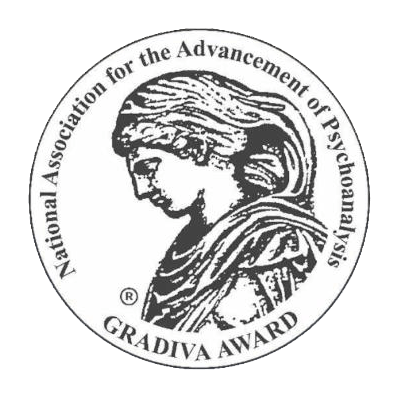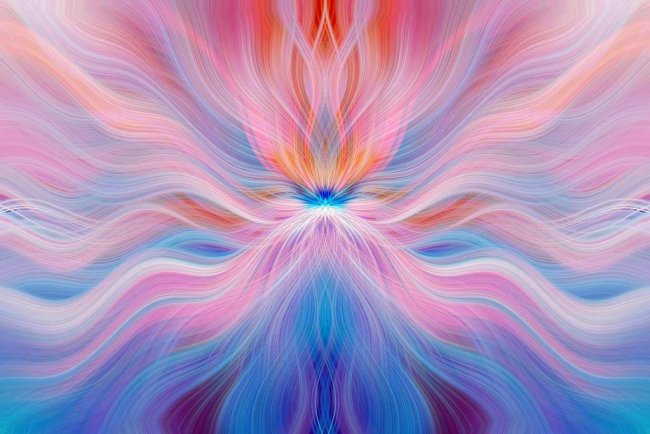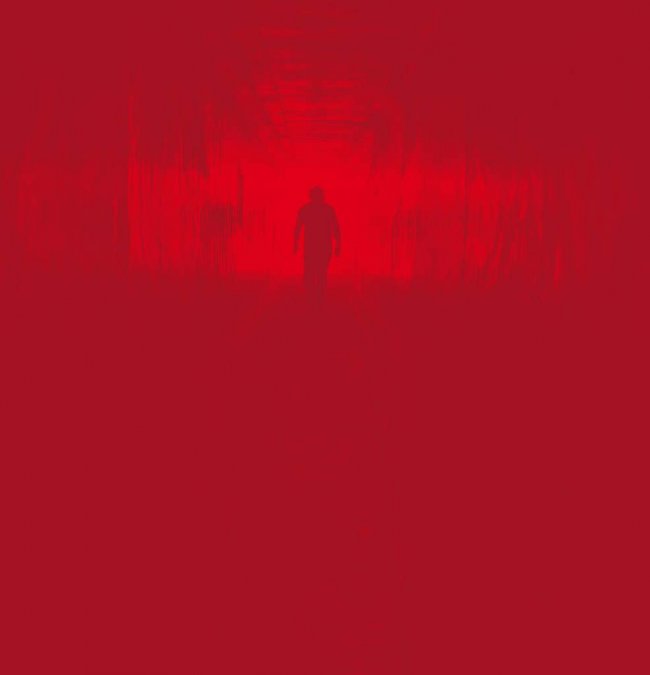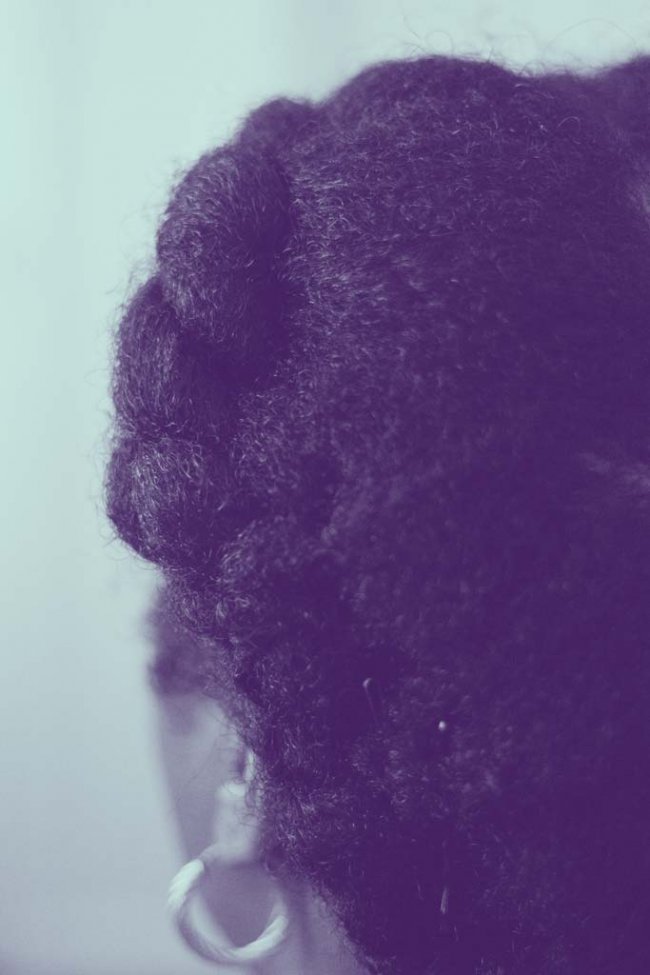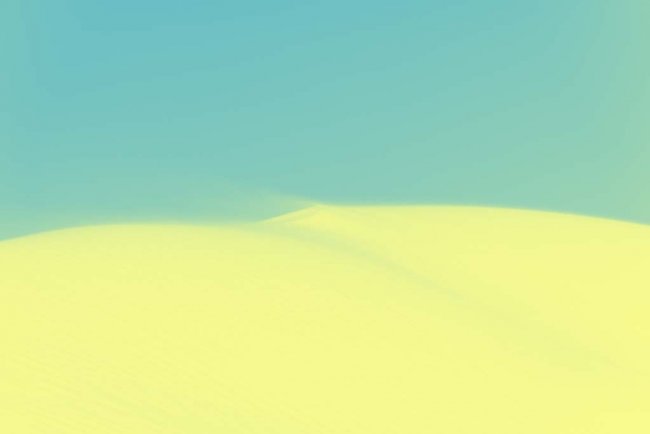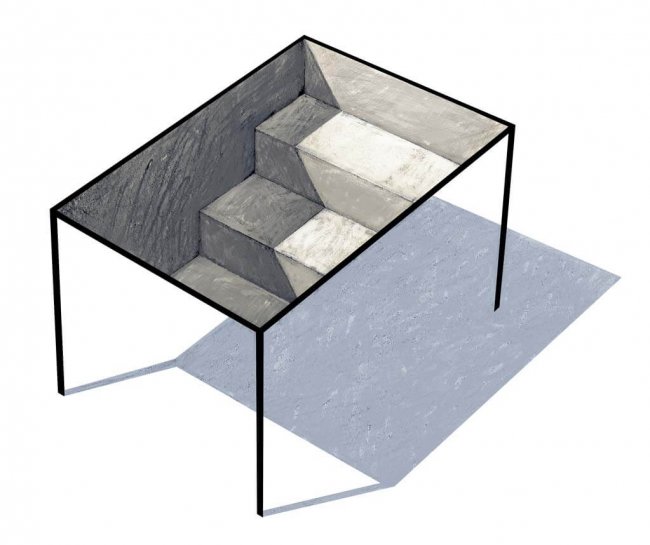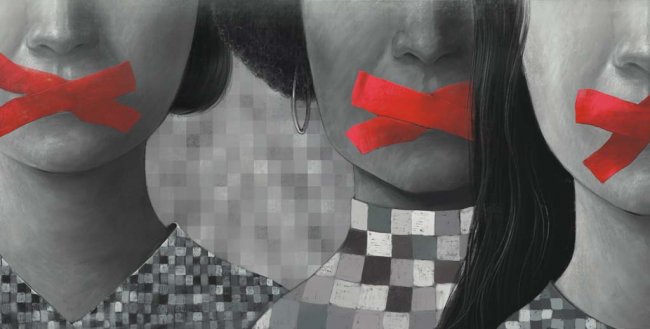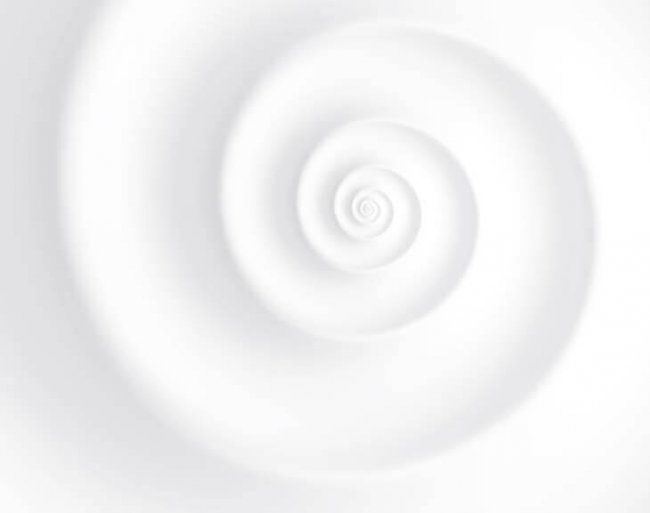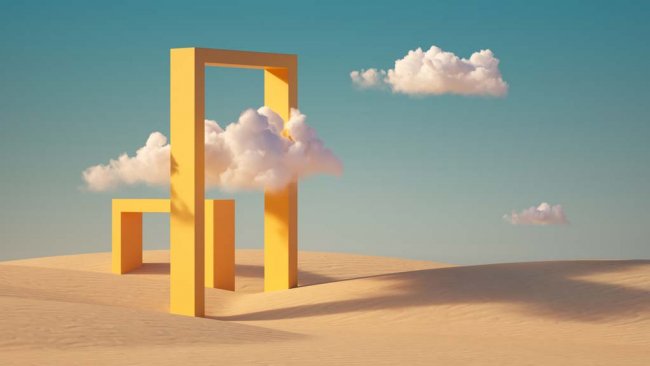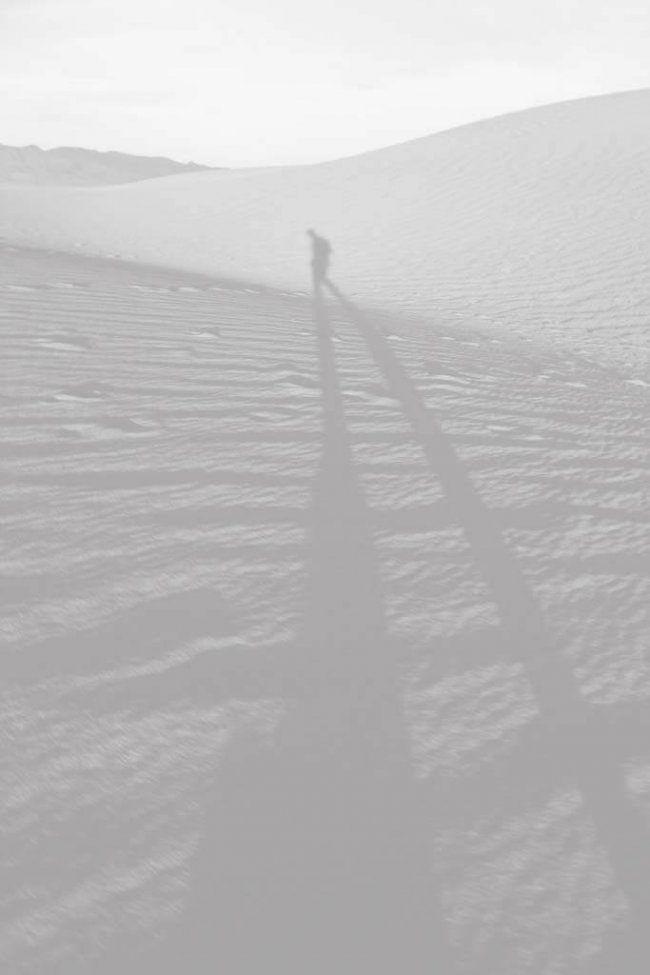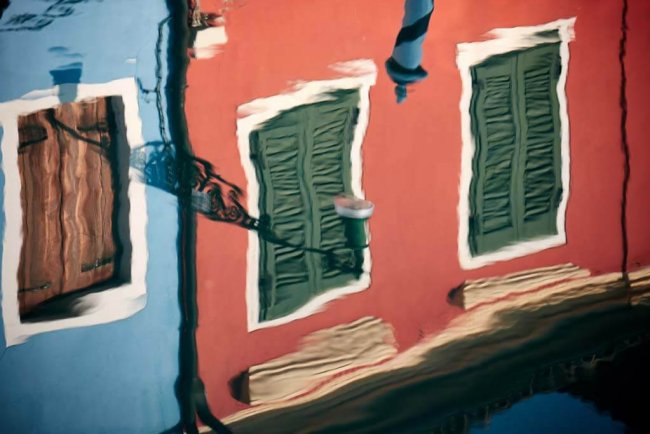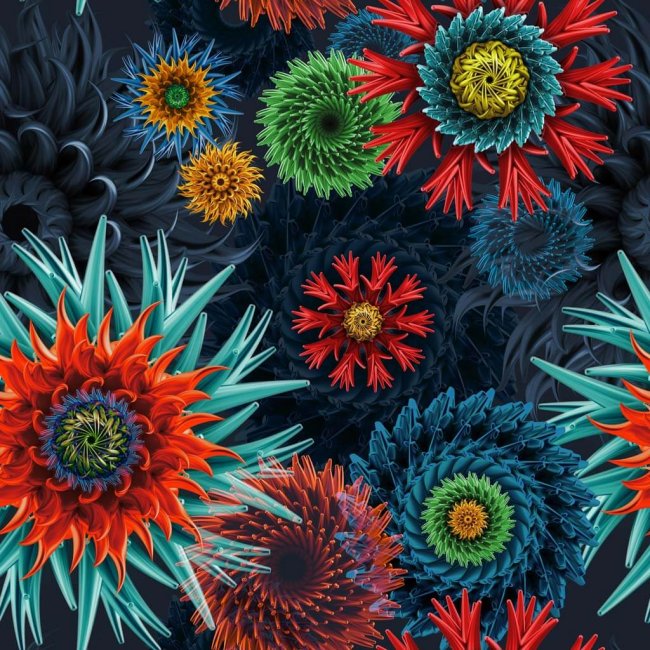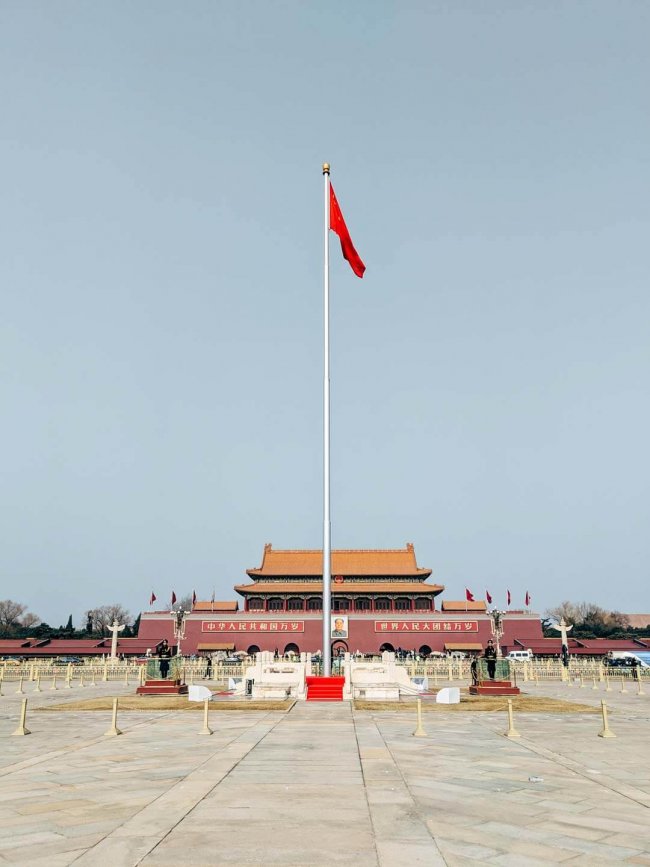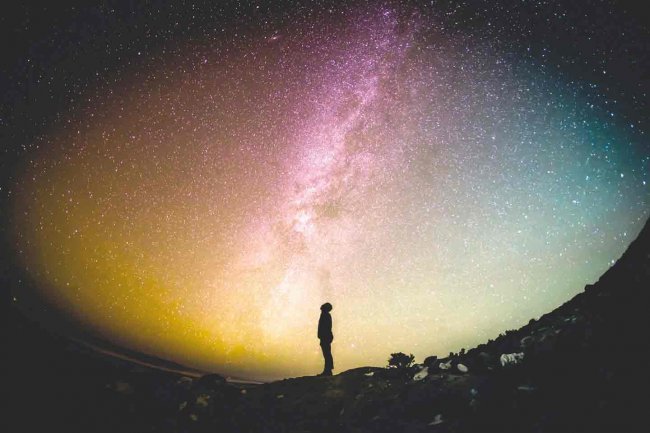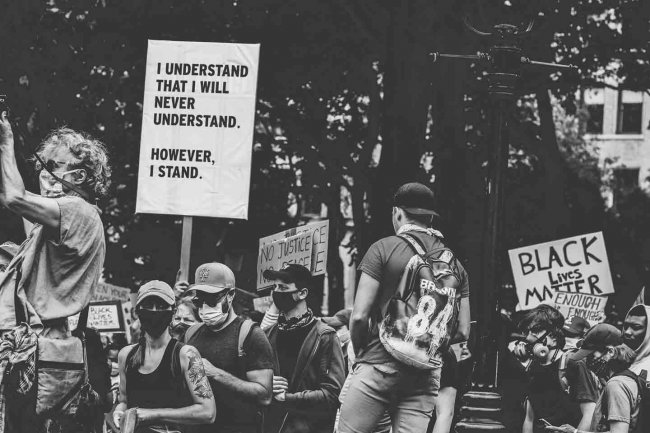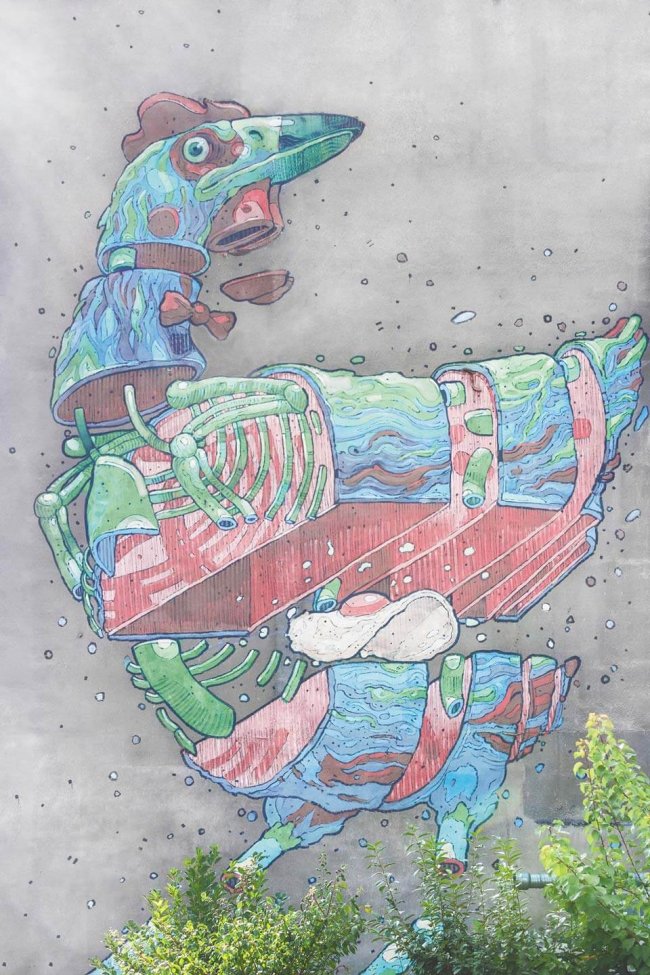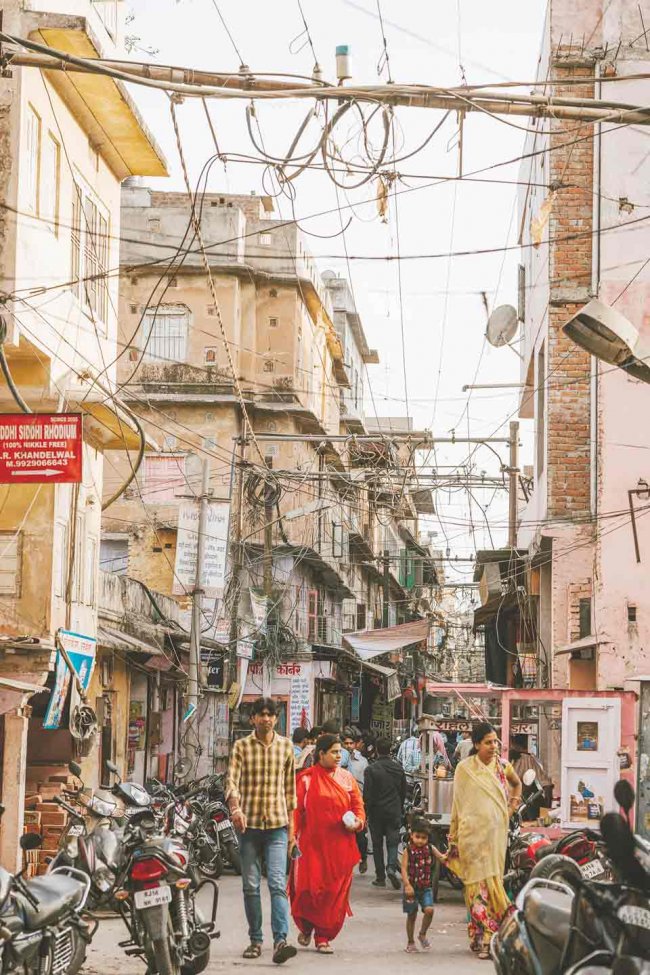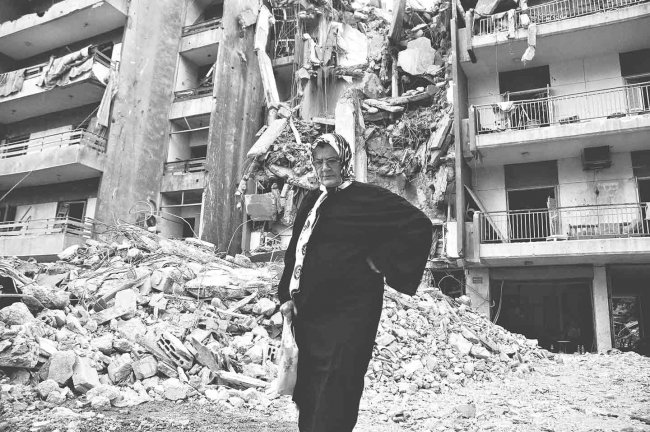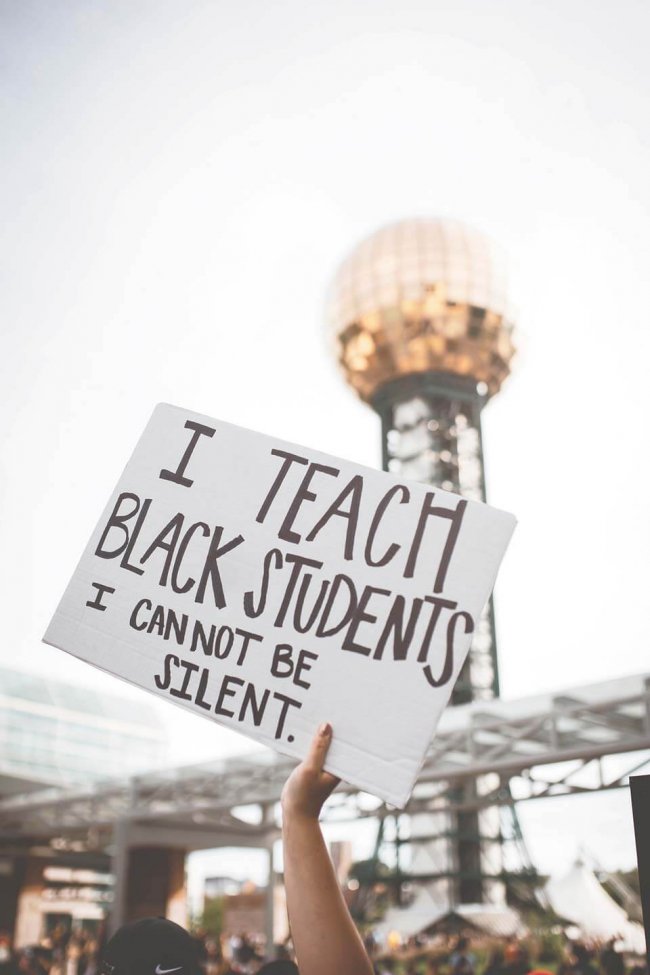TRAVERSING THE LIMINAL by Adrienne Harris
The weather report had been dire—a nor’easter, heavy winds, rain. But the day opens sunny and light and warm. I get up from the room in which I have been working for the past ten months and walk into town: Sag Harbor, a village that goes back to the eighteenth century, curving main street, part of the whaling world of the East End of Long Island, now the sweeter part of the Hamptons, a spot for writers and artists back in the ’60s, a village with outlying neighborhoods including a middle-class African-American world, the space Colson Whitehead writes about in his novel Sag Harbor. I have had a house here for thirty years, so am a relative newcomer, and this past year I have been here more than ever before, moving through seasons, garden blooming and leaves falling, watching through the same set of windows as the light and the seasons change. I am both still and absorbed in a single red room and walking through the village, beaches and gardens, in a natural world that seems eerily benign.
